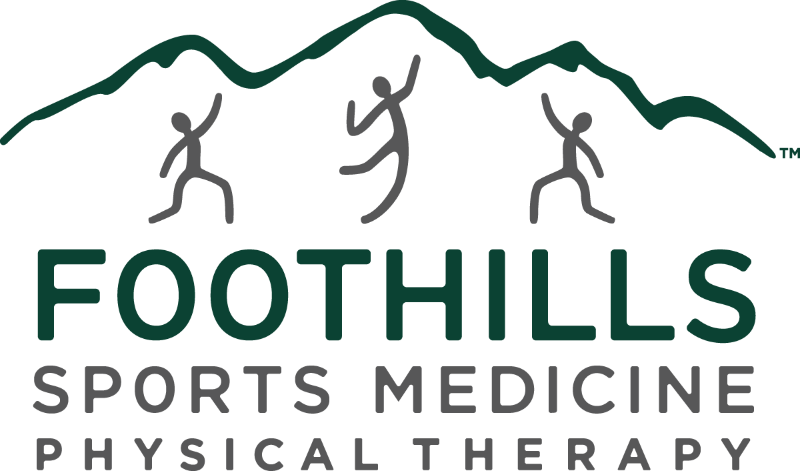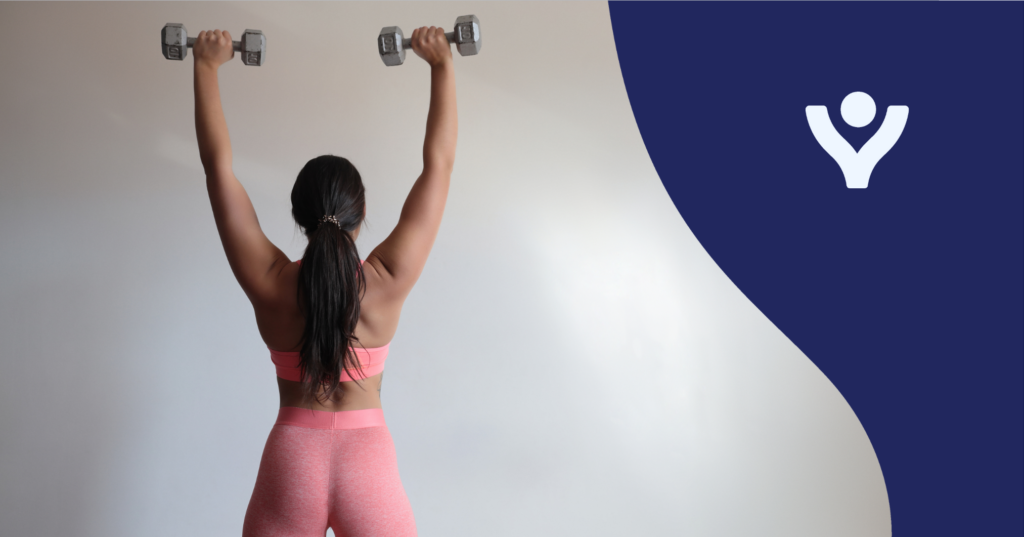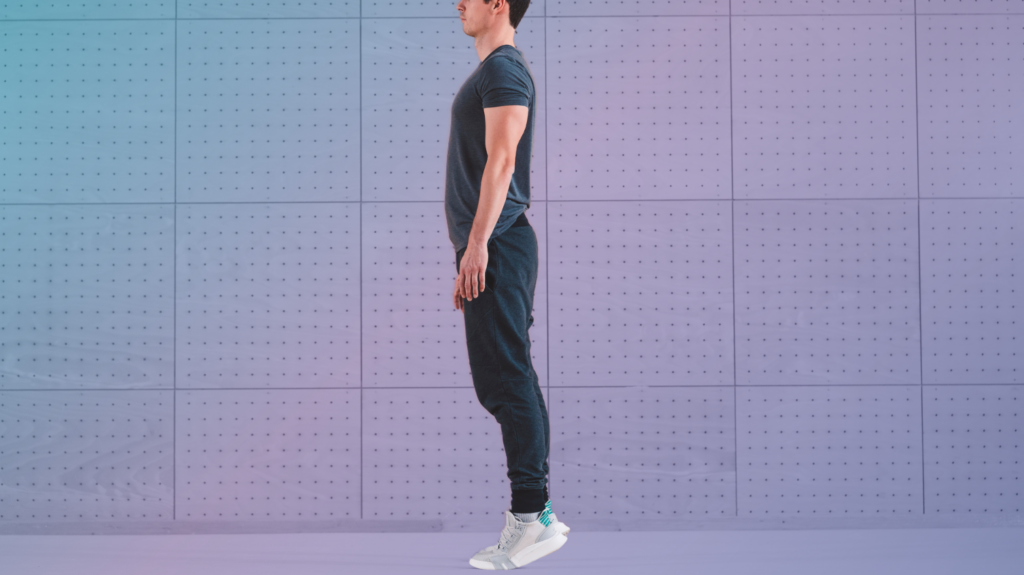Modern society and the reliance on technology has led many of us to spend increasing amounts of time at the computer or staring down at our cell phones. Whether it is for your occupation or for a hobby, the majority of us spend many hours of the day sitting. Prolonged sitting can have detrimental effects on our neck, back, shoulders, and wrists. In the long term, there are stretches and exercises to do at home and at the office to reduce the negative effects.
Effects of Prolonged Sitting
The human spine has natural curves or arches. The lumbar spine (the lower back) has a natural backward arch which is reversed in the sitting position if there is not proper lumbar support. Knees being constantly bent also contributes to hamstring tightness. The reversal of the lumbar curve also puts stress on the thoracic spine to increase its natural forward curve (known as a kyphosis). An increased thoracic kyphosis also causes the shoulders to round forward, which can lead to tightness in the chest.
Exercises to Reverse Effects of Sitting
Even with a proper sitting position, prolonged sitting can still lead to tightness of the muscles described earlier. To reverse the effects of prolonged sitting, you need to begin with correcting the lumbar spine positioning.
Hamstring Stretch
The first stretch is for the hamstrings which are shortened due to the knee bent position and it can be performed while still sitting in your chair. Just scoot to the edge of the chair and extend one leg out in front. While maintaining an upright chest position (do not round your back), lean forward until a stretch is felt in the back of the leg and/or behind the knee. The stretch should be comfortable.

Hip Flexors Stretch
The next stretch is for the hip flexors. These muscles begin in the low back and come all the way forward to the front of your hips. Start by standing next to your chair. Place one foot on the seat with your other leg straight and slightly behind you. Much like the hamstring stretch, keep an upright chest position and then lean forward leading with your pelvis until you feel a stretch in the front of your hip.

Corner Pectoral Stretch
Let’s move to the thoracic region to address the chest. Find an unoccupied corner and place your forearms on each side of the wall about a foot and a half from the wall. Keeping your feet together and arms at shoulder height, lean forward until you feel a comfortable stretch across your chest. If you are extremely tight you may scoot closer to the wall. It is common to feel some numbness in your hands which should dissipate as soon as you back away from the wall.
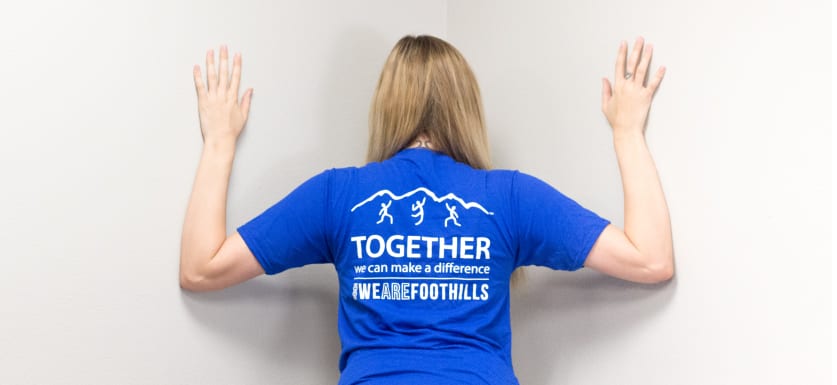
Scapular Retraction Exercise
In order to keep your shoulders from rounding forward, it is important to train and activate the muscles between your shoulder blades. You can simply do this by sitting in your chair and pinching your shoulder blades down and back.

Chin Tuck Exercise
Lastly, we must address the dreaded forward head posture. This exercise can be difficult to learn. Do the exercise in front of a mirror to check your form. Keep your head upright and tuck your chin in like you are trying to make a double chin. Your gaze should not shift down to the floor with this movement, your eyes should stay level.
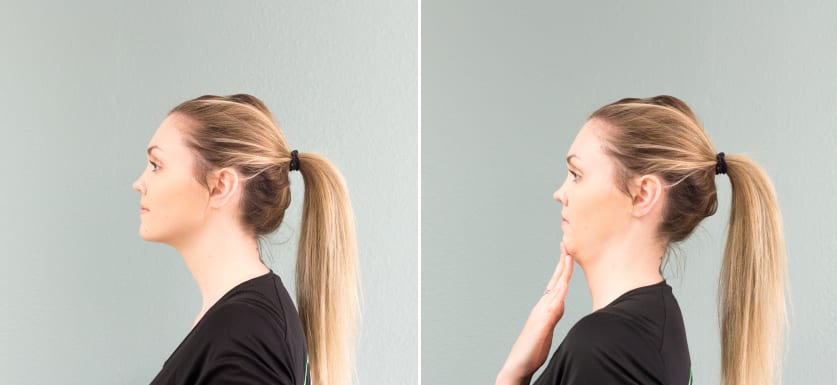
These five exercises you can do at home or work and are a good start to maintain proper spine position and ward off low back, upper back, and cervical discomfort associated with prolonged sitting. If any of these stretches or exercises cause pain do not push through it. These exercises do not work for everyone. You may need an assessment from a physical therapist to determine if you are performing them correctly or need a modified version of the exercise.
